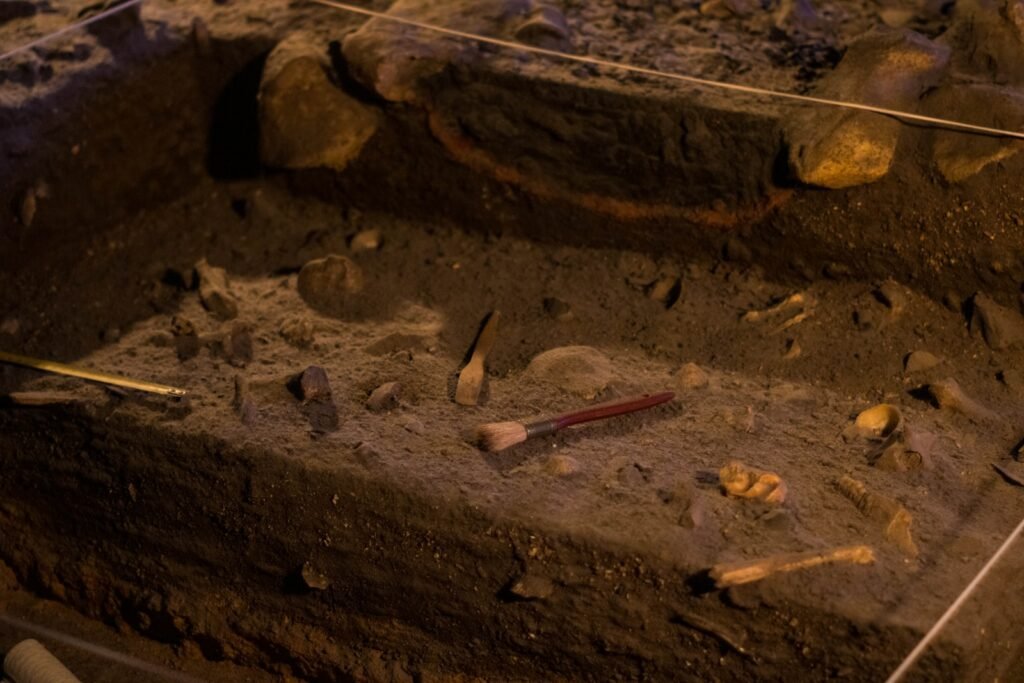Organizational unit: Department of History
Course type: Hybrid course
Every complex political system has institutions that express themselves in ways that structure the landscape physically and mentally; the latter can therefore be seen as a perceived, rather than an objective space. Accordingly, it is possible to interpret “institutional landscape” as the imprint of institutions in the perception of the landscape, encompassing not only physical nodes in the administrative grid but also dependent laborers and other human agents as well as the protocols, hierarchies and intangible networks that connected all of these.
Institutional landscape consists of and is created by the interplay of physical markers like road stations, granaries, storage facilities, local administrative centers, “treasuries” (craft centers), plantations of various types and sizes, ‘paradises’, estates, dams, irrigation canals, built and non-built places of worship, various fortified structures, as well as travelers frequenting the royal roads, roaming inspectors, or dependent villagers and deportees, etc. These are ultimately the structures reflecting planned and non-planned transformations inherent in the institutional landscape, the facets of institutionalization through which the landscape is appropriated. They are, moreover, elements of a design or system that was recognized as such in antiquity and could be used as template.
The aim of the course is to analyze how the institutional landscape was articulated in the Late Antique period in key sites of the Iranian highlands between the Sasanian and Islamic periods and to understand their patterns. In fact, two sites with predominantly Sasanian occupation of the Fars heartland (Gur/Firuzabad and Bishapur) and two sites representative of Islamic institutional landscape in Iran (Siraf in the Persian Gulf and Nishapur in Khorasan) will be explored.
Form of examination: Active participation and a presentation
Course coordinators: Dr Giuseppe Labisi
To receive credit for this course, active participation in all lectures, study of the recommended bibliography and a PowerPoint presentation of a topic agreed with the lecturer are required. Dr Giuseppe Labisi will assess each student on the basis of the above criteria and on the basis of each student’s ability to rework the concepts and present them independently.
Duration: 23-26 June





